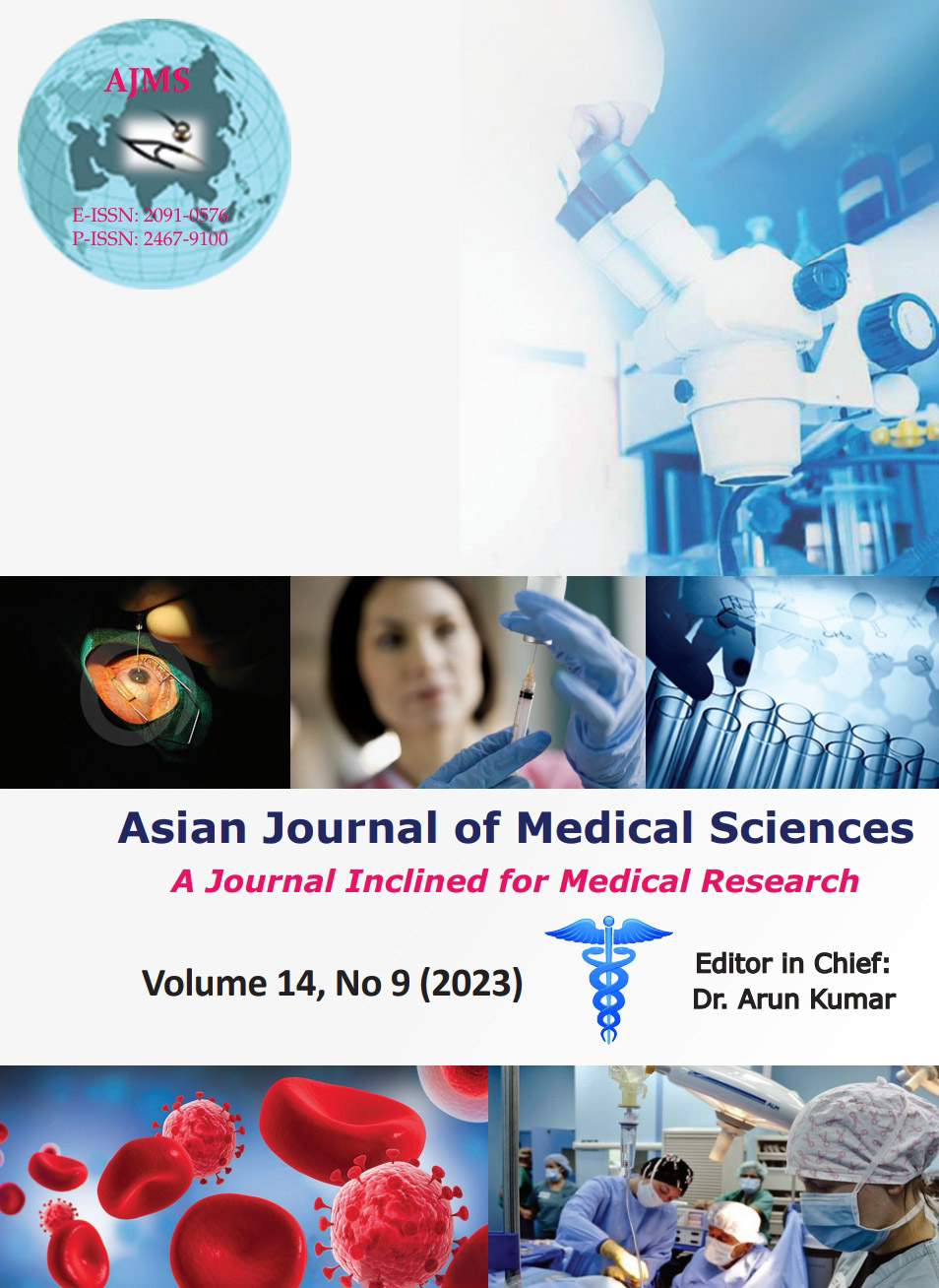Alice in wonderland syndrome – A medical enigma
Keywords:
Body image, Cognition, Migraine, visual symptoms.Abstract
Alice in Wonderland syndrome (AIWS) is a disorder in which patients report distorted visual perception and an impaired sense of time. It was first described in 1955 by the British psychiatrist John Todd, who associated these symptoms with disorders such as migraine and epilepsy. Before Todd’s observations, many symptoms of this disorder had made appearances in literature describing hysteria. Similar symptoms were observed in soldiers with occipital wounds after World Wars I and II.
Patients with AIWS experience a plethora of symptoms such as, “kinetopsia” – Stationary objects appear to be moving, “total microsomatognosia” – Body parts appear unusually smaller. “Depersonalization” – Feeling of strangeness in perceiving one’s body image is common in AIWS. Often, this is accompanied by “derealisation” – Patients start perceiving their surroundings and the people around them as unreal. However, the patient is aware that this state of consciousness is not normal- which is what differentiates it from the state of psychosis. Other symptoms include: Dyschronometria, dysmorphops, macropsia, micropsia, kinetopsia, prosopometamorphopsia, and plagiopsia. In migraine patients, the prevalence rate of these symptoms increases to about 15%.
Most symptoms of AIWS are ascribed to neurons of the central nervous system and cell columns that respond to specific sensory inputs (Ex- like visionary inputs of cortical areas V1–V5). Area V4 of the extrastriata visual cortex, particularly responds to the colors, whereas area V5 responds to movement. V4 and V5 also respond to shape and depth, but the bilateral loss of function of V4 results in achromatopsia (the inability to visualize color), and bilateral loss of V5 results in akinetopsia (the inability to visualize motion).
Anatomically speaking, a critical region for developing this syndrome is the junction of three major areas, i.e., temporooccipital, parieto-occipital, and temporo-parietal junctions, known as the temporoparietal-occipital carrefour, point where our visual and somatosensory perceptions of the world are integrated to develop an external and internal representation of ourselves.
AIWS remains a poorly understood and usually misdiagnosed syndrome. It is mostly associated with Epstein–Barr virus infection in children. Most cases of AIWS are expected to have a full remission of symptoms; sometimes, this may occur spontaneously with/without proper treatment. However, in cases with an associated chronic disease, like migraines and epilepsy, symptoms tend to occur in accordance with the active phases of these diseases.
The number of fascinating disorders that surround and confound the medical community has no limit. The journey into the human brain is about as daunting and baffling as Alice’s journey into Wonderland. Efforts to understand the functioning and physiology of this extraordinary organ will keep both doctors and scientists on their toes for many years to come.
Downloads
Downloads
Published
How to Cite
Issue
Section
License
Copyright (c) 2023 Asian Journal of Medical Sciences

This work is licensed under a Creative Commons Attribution-NonCommercial 4.0 International License.
Authors who publish with this journal agree to the following terms:
- The journal holds copyright and publishes the work under a Creative Commons CC-BY-NC license that permits use, distribution and reprduction in any medium, provided the original work is properly cited and is not used for commercial purposes. The journal should be recognised as the original publisher of this work.
- Authors are able to enter into separate, additional contractual arrangements for the non-exclusive distribution of the journal's published version of the work (e.g., post it to an institutional repository or publish it in a book), with an acknowledgement of its initial publication in this journal.
- Authors are permitted and encouraged to post their work online (e.g., in institutional repositories or on their website) prior to and during the submission process, as it can lead to productive exchanges, as well as earlier and greater citation of published work (See The Effect of Open Access).




